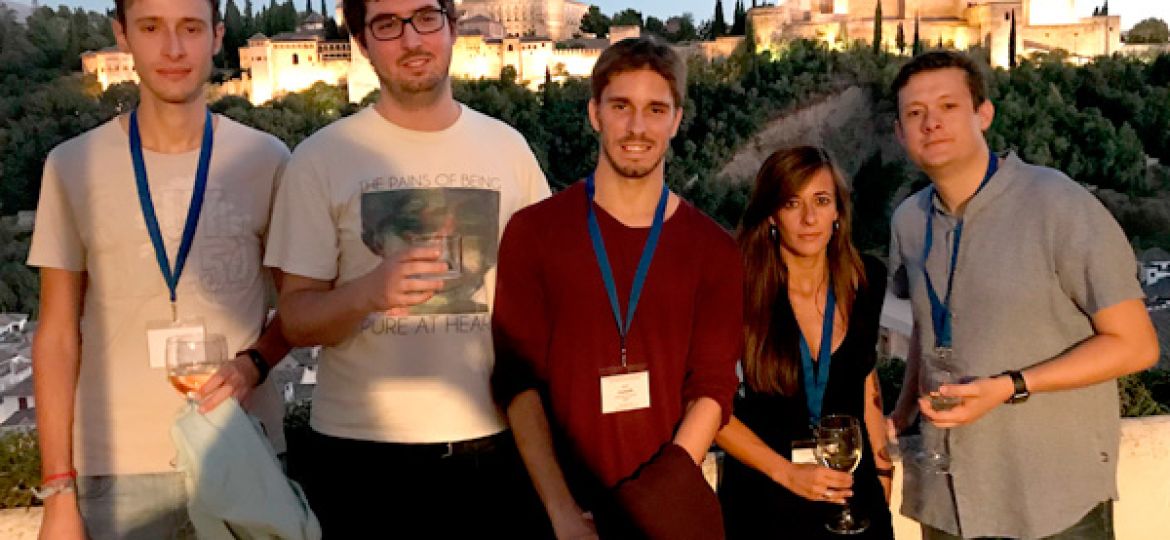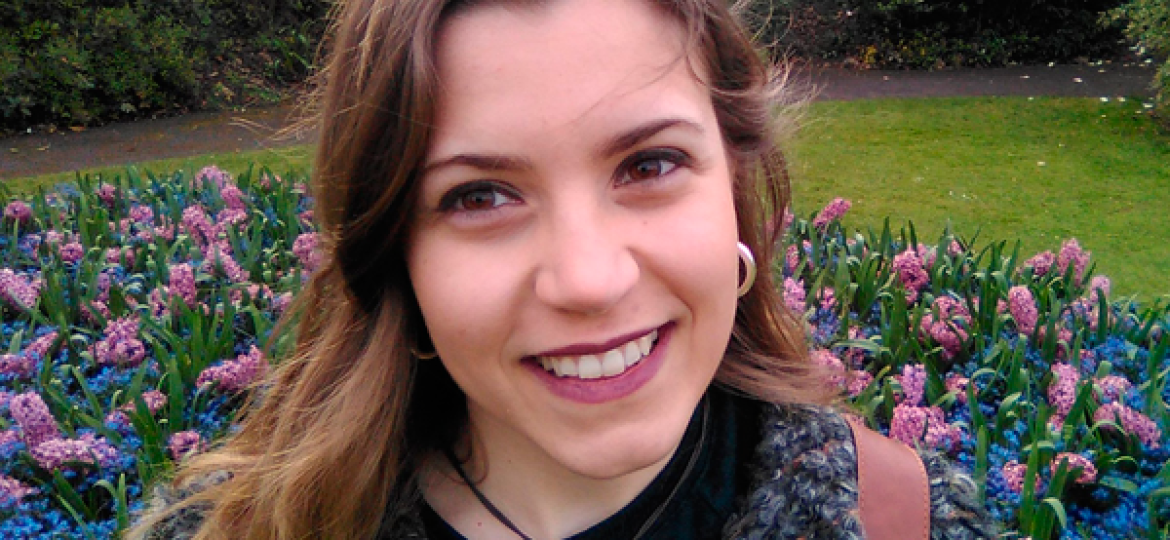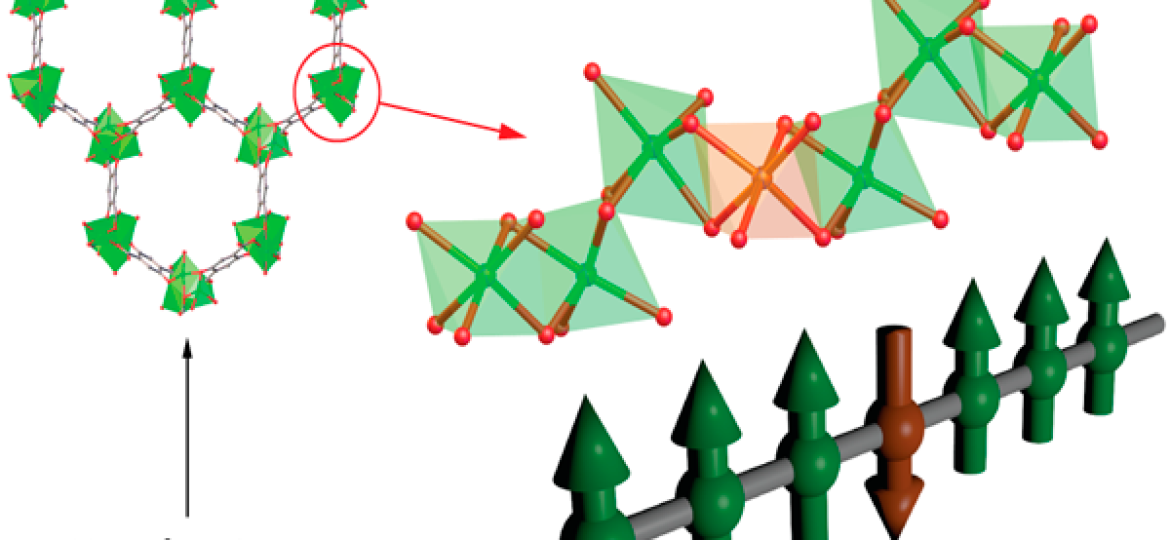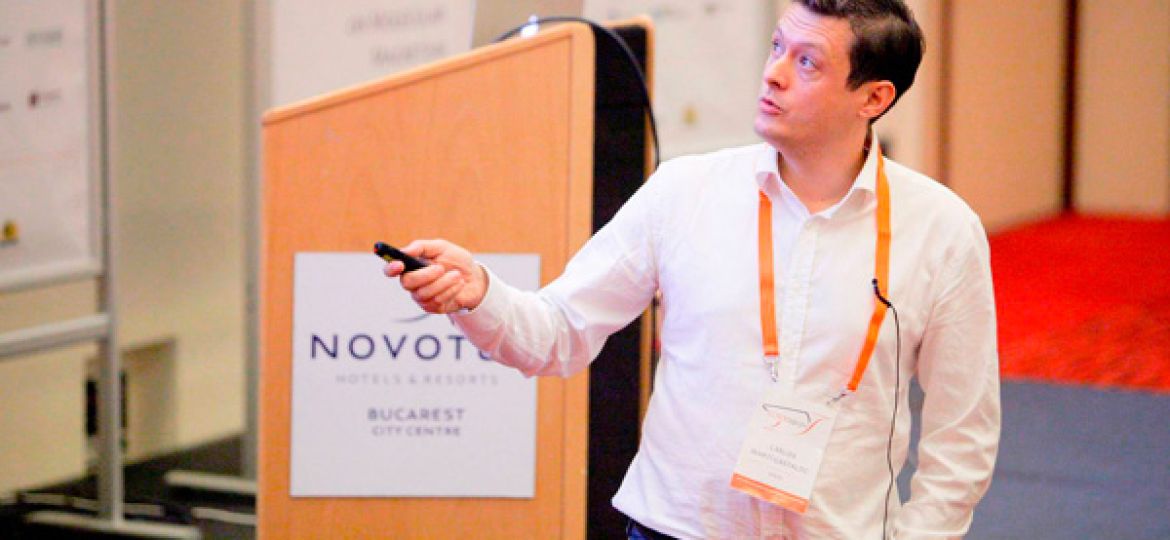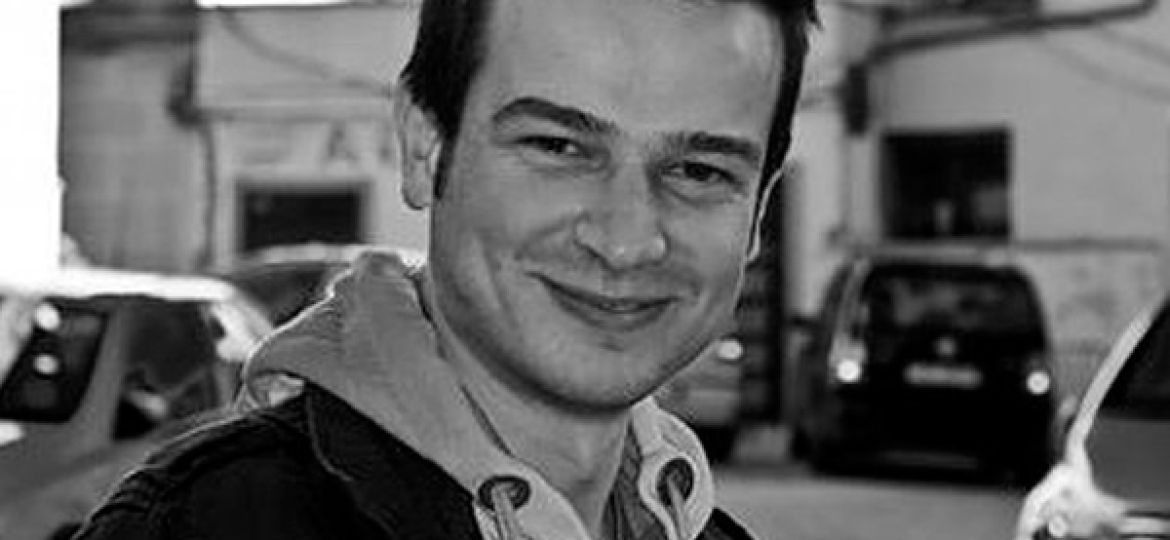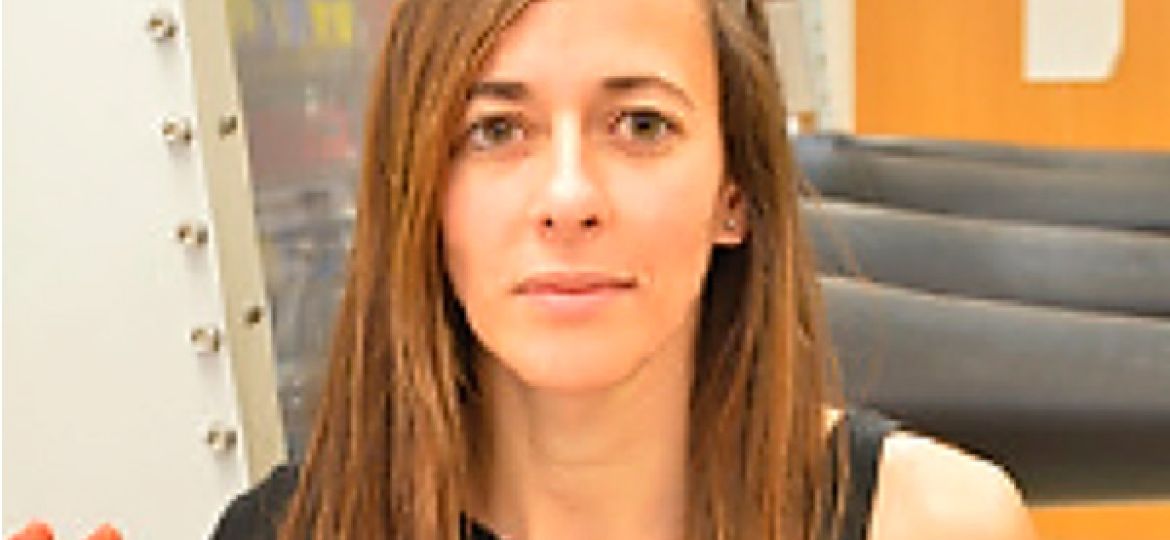Funimat was present at the International Symposium on Composites of Metal and Covalent Organic Frameworks held in Granada. Carlos delivered a keynote lecture on Charge Transport in Ultrathin films of Metal-Organic Framewors. For more details see here.
Belen is Valencia born and bred. She earned a degree (2016) and Master (2017) in Chemistry at the Universidad de Valencia and now joins the team as PhD Student. Her research will focus on the development of high-throughput methodologies for the synthesis of biomimetic MOFs that feature high-stability and increasing pore complexity
Neyvis Almora-Barrios is original from La Havana, Cuba, and earned her Ph.D. in 2010, working in the group of Prof. Nora de Leeuw at the University College of London, UK. She next joined Prof. Nuria Lópezs group at the Institute of Chemical Research of Catalonia (ICIQ). She will be in charge of computational modelling to study structure-properties relationships in the porous materials developed @Funimat
Víctor Rubios Chem. Mater. paper reports on the controllable doping of Ni-MOF-74 with Fe to produce a MOF material which combines porosity and ferrimagnetic ordering. This validates metal doping as a useful strategy to modify the magnetism of other archetypical families of MOFs. For more info see here
Funimat was present at the XXXVI Bienal de la Real Sociedad Española de Química held in Sitges. Carlos and Victor delivered keynote and flash presentations at the MOF symposium highlighting most recent results of the team in Peptide-based porous materials and Conductive ultrathin MOF films. For more details see here.
Natalia and Belen have recently been awarded a Juan de La Cierva Formación Fellowship and FPU Scholarship, respectively. These are quite competitive calls funded by the Spanish MINECO that highlight their excellent scientific and academic performance. Congratulations!
Funimat was present at the 6th European Conference in Molecular Magnetism held in Bucharest. Carlos delivered an invited talk on Ultrathin films of layered coordination polymers: charge transport and spin-crossover at the nanoscale. For more details see here.
José Navarros work has just been published in JACS. In collaboration with the MINOLTA team at UVEG we report the first example of a MOF capable of separating chiral polar drugs. Cu- GlyHisGly is capable of separating more than 50% of the (+)-ephedrine enantiomer from a racemic mixture in only.
Gokhan is originally from Turkey and completed his BSc. In Chemical Engineering from the University of Bogazici in 2005. He enrols the team as a Master Student and will be working on the nanostructuration of layered MOFs on solid substrates.
Natalia is originally from Granada and completed her PhD in the Universidad of Granada in 2016 under the supervision of Jorge A. Rodriguez Navarro and Enrique Oltra. She will be working on the synthesis of non-conventional MOF-forming linkers.

